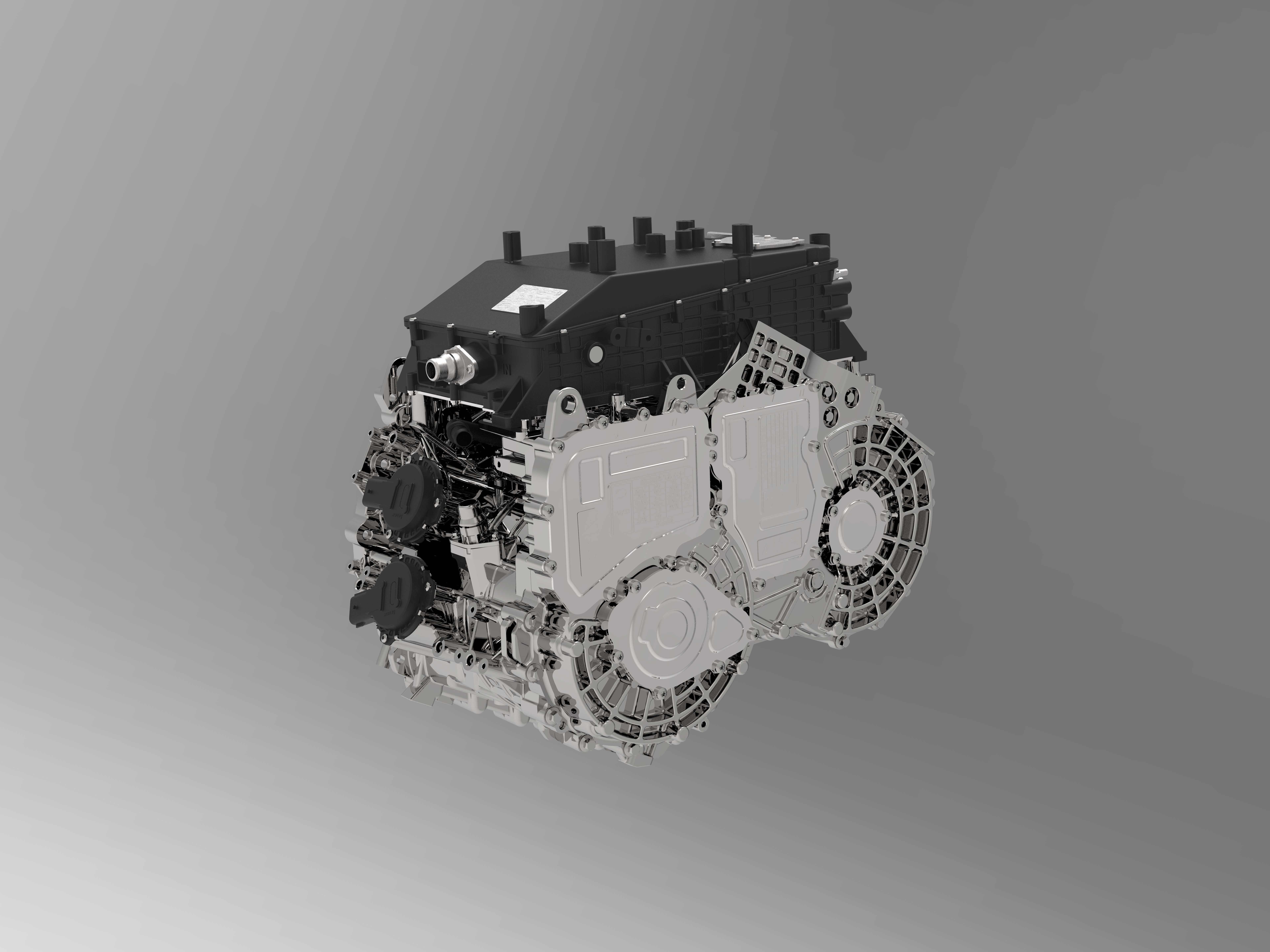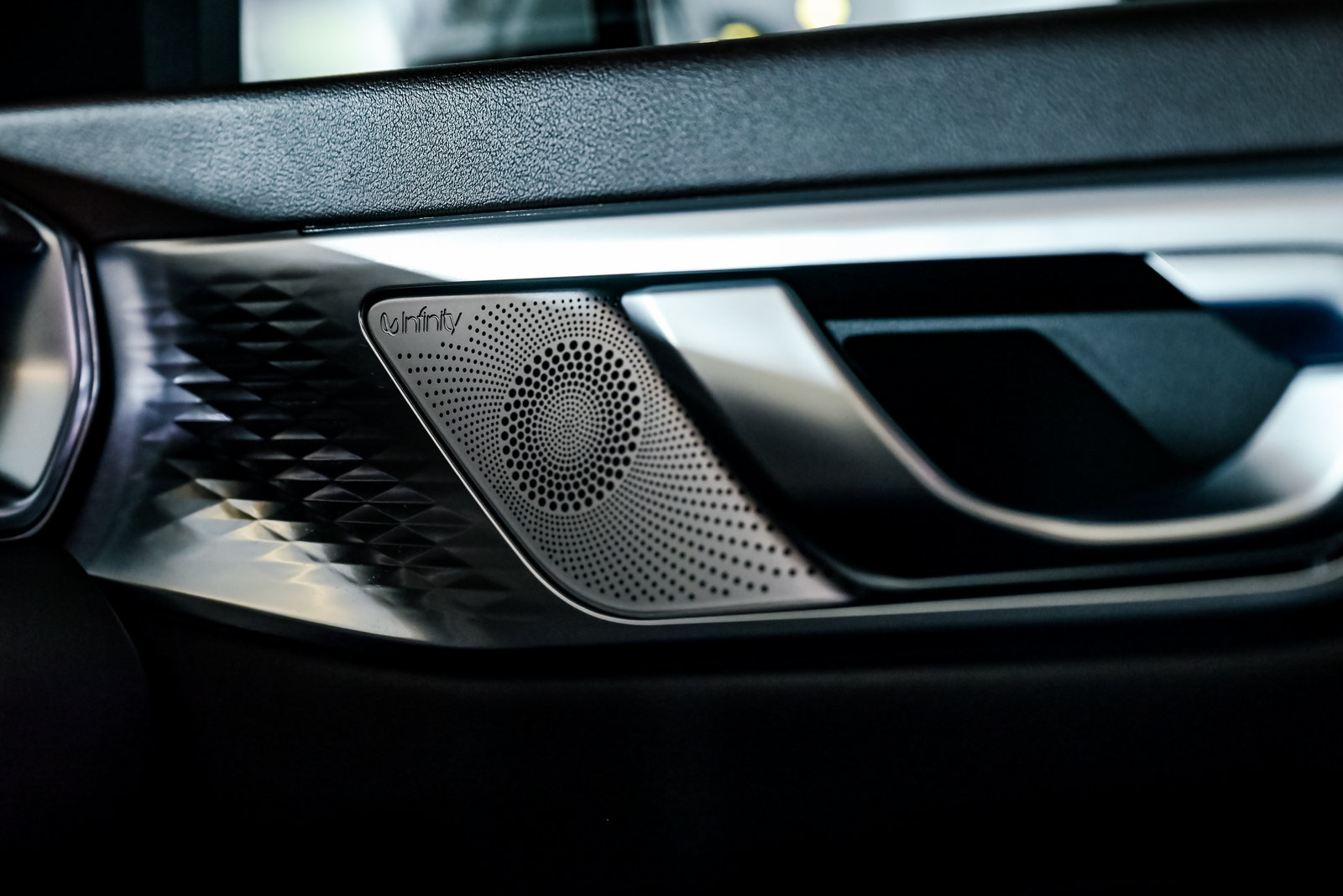On January 14, Great Wall announced the pre-sale price of the WEY MOCHA DHT-PHEV, with the two-wheel drive 0 anxiety smart version priced at 299,000 RMB, and the four-wheel drive 0 anxiety performance version priced at 315,000 RMB.
Let’s start with the hybrid powertrain

The MOCHA DHT-PHEV is built on the Great Wall Lemon platform and uses a 39.67 kWh nickel-cobalt-manganese ternary lithium battery from Hunan Corun New Energy with a density of up to 153 Wh/kg. This battery, coded as L600, adopts the L-type battery and CTP pack design and supports up to 6.6 kW AC slow charging and up to 60 kW DC fast charging.
The two-wheel drive version has a maximum pure electric range of 204 km under the WLTC standard and a combined range of 1,200 km with a full tank of gas and battery. The four-wheel drive version has a WLTC range of 175 km.

The 4B15D 1.5 T engine used in this hybrid powertrain adopts advanced technologies such as Miller cycle, 350 bar high-pressure injection, and LP-EGR, achieving a thermal efficiency of up to 38%.

The DHT hybrid-specific transmission features a two-speed design and boasts a maximum transmission efficiency of up to 98%, integrated with the GM/TM dual-motor module. Under the feed-in conditions of the system, the fuel consumption can be as low as 5.5 L per hundred kilometers.
Now let’s take a closer look at how this transmission works. It can be divided into “pure electric mode and hybrid mode”:
-
In EV mode, the power transmission chain of the engine is disconnected and the driving motor provides power from the battery to drive the vehicle. When the battery’s state of charge (SOC) is lower than the set value, the system automatically switches to hybrid mode.
-
The hybrid mode is more complex and is where the advantage lies.
Series mode: the engine and the generator provide electric power, and the TM motor drives the vehicle under electric power alone. The engine’s speed is adjusted to the optimal economic area.
Engine direct drive mode: to shorten the power transmission path, the engine drives the large gear set directly or in parallel and obtains the maximum torque to improve overall power acceleration performance. The TM motor is ready to intervene at any time, dynamically adjusting the engine’s best economic work area.## Engine economy direct drive mode:
The engine switches to a gearset with a more economic speed ratio to drive directly. Although the vehicle speed increases, the engine speed remains in an economic range, ensuring fuel efficiency. At the same time, it avoids high engine speed and resulting noise.
Full-load parallel mode:
Three power units output power simultaneously, and it provides the strongest power, which is the four-wheel drive model. The power source achieves 0-100 km/h acceleration time of 4.8s.
Energy recovery mode:
During deceleration and downhill, the clutch is disengaged, and the TM motor efficiently recovers kinetic energy.
Advanced Driver Assistance

The perception hardware configuration for advanced driver assistance is:
-
5 mm-wavelength radars;
-
12 ultrasonic radars;
-
4 circular cameras;
-
1 perception camera;
-
1 HD map module.
NOH (Intelligent Navigation Assistance Driving System) function can be realized, as well as the fusion of parking and backward tracing functions.
It adopts industry-leading hardware platform and HWA (5R1V1D) system architecture based on MobilEye’s EQ4H and TI’s TDA4 visual processing chips.
Intelligent Cabin

The cabin is equipped with a Qualcomm 8155 to drive a 14.6-inch central control screen. It forms a four-screen linkage with AR-HUD augmented reality head-up display, a 9.2-inch color LCD instrument panel, and a 9-inch touch panel screen.

In addition, the cabin uses Harman INFINITY speakers composed of 12 speakers, supporting Dolby 5.1-channel sound effects and providing stereo mode and virtual surround mode.
Conclusion
Whether it is the more affordable Haval series or the high-end Wei brand, Great Wall’s “cost-effectiveness” is obvious. This time, we see the specific configuration and many corresponding functions of the two models of the Mocha DHT-PHEV in the pre-sale, which has highlighted their strong cost performance. As usual, the official price will be even lower.
Moreover, Mocha is also crucial for the Wei brand, as it targets not only domestic hybrid “giants” represented by BYD Dm-i but also aggressively competes with series expansion represented by Ideal.
So, who do you think is the real competitor of the Mocha DHT-PHEV, based on its price and functions?
Information source: Great Wall official
This article is a translation by ChatGPT of a Chinese report from 42HOW. If you have any questions about it, please email bd@42how.com.
